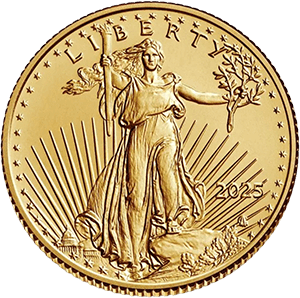
The American Revolution wasn’t just a war of muskets and manifestos—it was a war of money. To win independence from the world’s most powerful empire, the thirteen colonies needed more than courage. They needed silver and gold.
At the dawn of the Revolution, the American colonies faced a severe shortage of hard currency. British laws, like the Currency Acts, had restricted the colonies’ ability to produce their own money, keeping them dependent on British coinage and economic control. This meant that when the colonies declared independence in 1776, they had virtually no national treasury.
In an effort to fund the war, the Continental Congress issued paper currency known as Continental Dollars. Lacking the backing of gold or silver, and printed in vast quantities to meet wartime needs, these notes rapidly depreciated. By 1780, they were nearly worthless, giving rise to the saying: "not worth a Continental."
The failure of paper currency taught the Founders a critical lesson: money must be backed by real value. And that value came in the form of bullion—gold and silver.
Foreign Bullion and the French Lifeline
Perhaps no nation did more to assist the American cause than France. Motivated by its own rivalry with Britain, France provided not only troops and naval support but enormous financial aid. French banks and the French crown funneled millions of livres in silver and gold to the colonies.
This bullion was used to pay soldiers, purchase arms, and supply the Continental Army. Without it, victory at Yorktown—and American independence—might never have happened.
Spain and the Netherlands also contributed, albeit less directly, helping to keep the American effort afloat. Loans and subsidies often arrived in the form of precious metal, reinforcing its role as the lifeblood of the Revolution.
Hard Currency and the Constitution
After the war, the financial failures of the Continental Congress weighed heavily on the minds of the Founders. When drafting the U.S. Constitution, they explicitly banned the states from issuing their own currency and required that money be based on gold and silver.
This wasn’t just a practical move—it was philosophical. To the Founders, gold and silver represented a bulwark against tyranny, inflation, and corruption. They saw precious metals as a safeguard for the people’s wealth and the republic’s stability.
From Battlefield to Bank Vaults
As America grew, so did its gold reserves. Major discoveries like the North Carolina Gold Rush (1799) and the California Gold Rush (1848) poured bullion into the national economy. The establishment of federal mints in Charlotte, Dahlonega, and San Francisco helped convert this wealth into circulating coinage.
By the mid-1800s, the U.S. was minting millions of dollars' worth of precious metal coins annually. These coins gave citizens confidence in the economy and gave the young country a firm footing in global trade.
Modern Meaning: Why Gold Still Matters
Today, physical gold remains a trusted store of value, especially during times of economic uncertainty. When governments print too much money or when markets crash, gold tends to rise. It’s no accident that during the Revolutionary War, it was gold and silver—not paper—that kept the dream of independence alive.
Investors today can learn from history: precious metals aren’t just about profit. They’re about protection, legacy, and independence—the same ideals that fueled a revolution.

